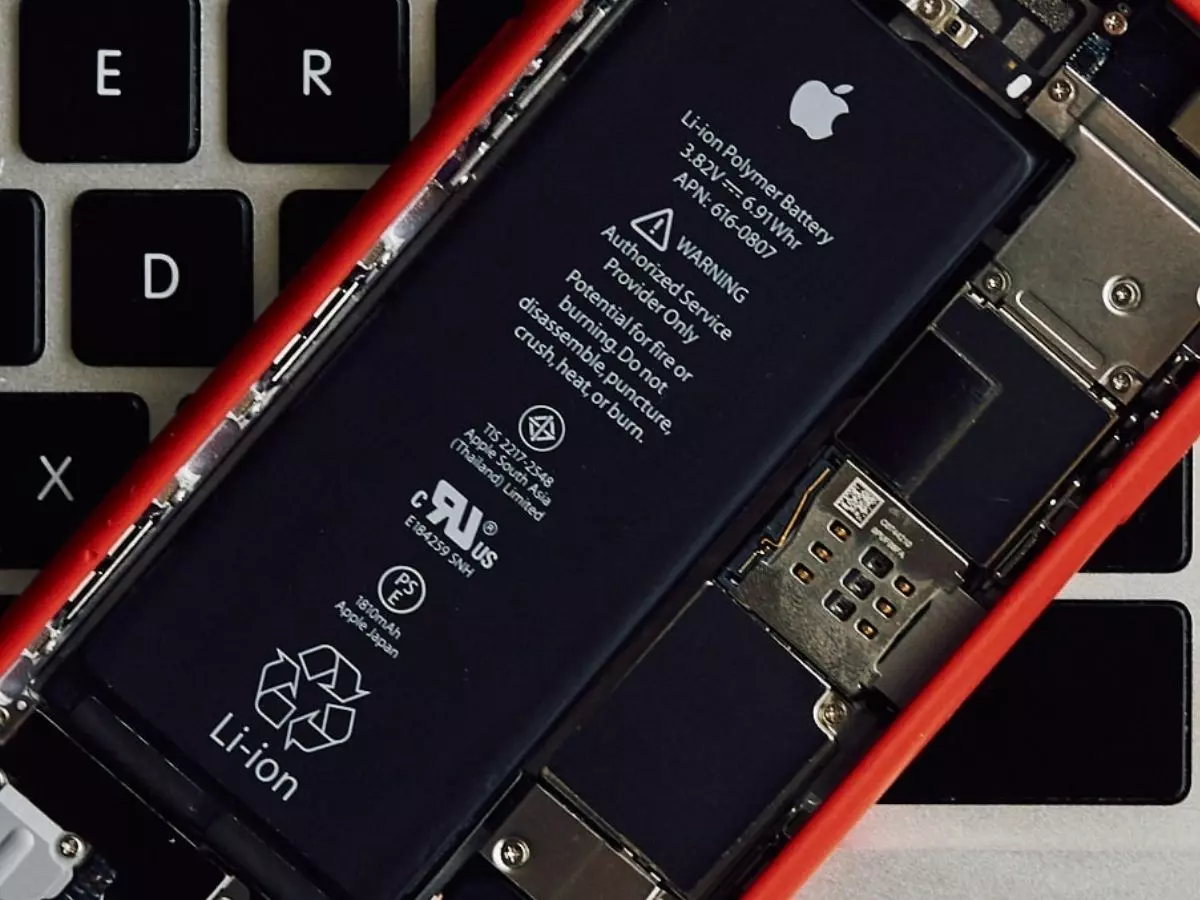IIT Guwahati Researchers Invent Solution To Make Batteries Store More Energy
The study was led by Dr Uday Narayan Maiti and Prof. Subhradip Ghosh of IIT Guwahati as well as Dr N. Padma of Bhabha Atomic Research Centre (BARC), Mumbai, under a project of the Department of Atomic Energy¡¯s Board of Research in Nuclear Science (BRNS).

A group of IIT Guwahati and BARC researchers have developed a new material that could improve the efficiency of electrodes in supercapacitor devices.
 India Science Wire
India Science Wire
Also Read: Scientists Solve 40-Year-Old Battery Tech Issue To Fast Charge Electric Cars Soon
Reported first by India Science Wire, the study was led by Dr Uday Narayan Maiti and Prof. Subhradip Ghosh of IIT Guwahati as well as Dr N. Padma of Bhabha Atomic Research Centre (BARC), Mumbai, under a project of the Department of Atomic Energy¡¯s Board of Research in Nuclear Science (BRNS).
Researchers have showcased that a supercapacitor that¡¯s based on electrodes made with the new material can withstand charging and discharging over 10,000 times with minimal wear and tear, compared to conventional batteries that start to show degradation in 300 to 500 charging-discharging cycles.
This also enables the batteries to be charged to their full capacity in a matter of seconds as well as store as much energy as 30 watt-hours per kilogram. It also promises to deliver power at a considerably faster rate.
The supercapacitors have also managed to achieve the highest power density of 1.13 kilowatt per kilogram of the electrode material -- nearly double of what current generation lithium-ion batteries are capable of.
In the supercapacitors, the two electrodes -- anode and cathode -- are dunked in an electrolyte solution and the energy is stored by charge accumulation on the electrode surfaces. Atomic-thin nanosheets are often the best option for supercapacitor electrodes as they offer a large area to store energy.
Also Read: New Diamond Battery Will Last 28,000 Years, Powered By Nuclear Waste
 Unsplash
Unsplash
However, integrating the microscopic ultra-thin into a usable, scalable electrode is a challenging endeavour. Researchers have managed to take things up a notch by developing their hydrogel electrodes using a simple room-temperature process where MXene nanosheets and graphene combine spontaneously on a metal plate using water.
Graphene sheets are made of single-atom carbon and they store the charge on their surface using physical absorption known as electrical double layer mechanism (EDLC) whereas MXene sheets made of titanium carbide store and charge both via EDLC and a chemical reaction on its surface dubbed pseudocapacitance.
According to researchers, the supercapacitor can be designed to be small enough to fit extremely tight spaces inside small electronic devices like smartphones.
What do you think about this IIT Guwahati invention to make batteries more efficient? Let us know in the comments section below, and keep reading Indiatimes.com for your latest news from IIT research and science-tech.
